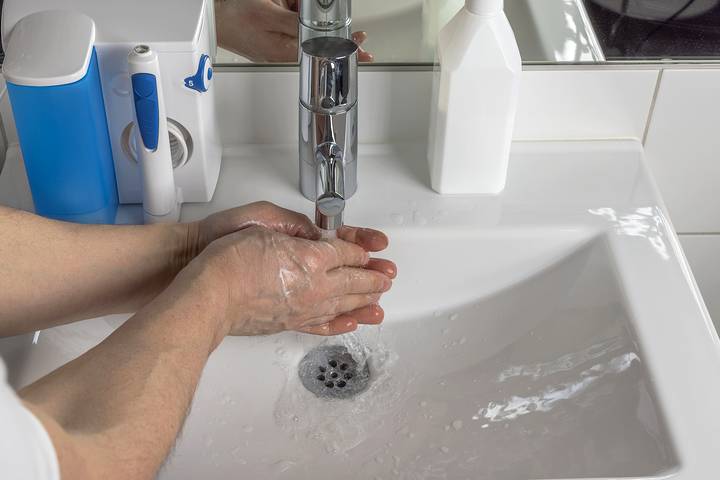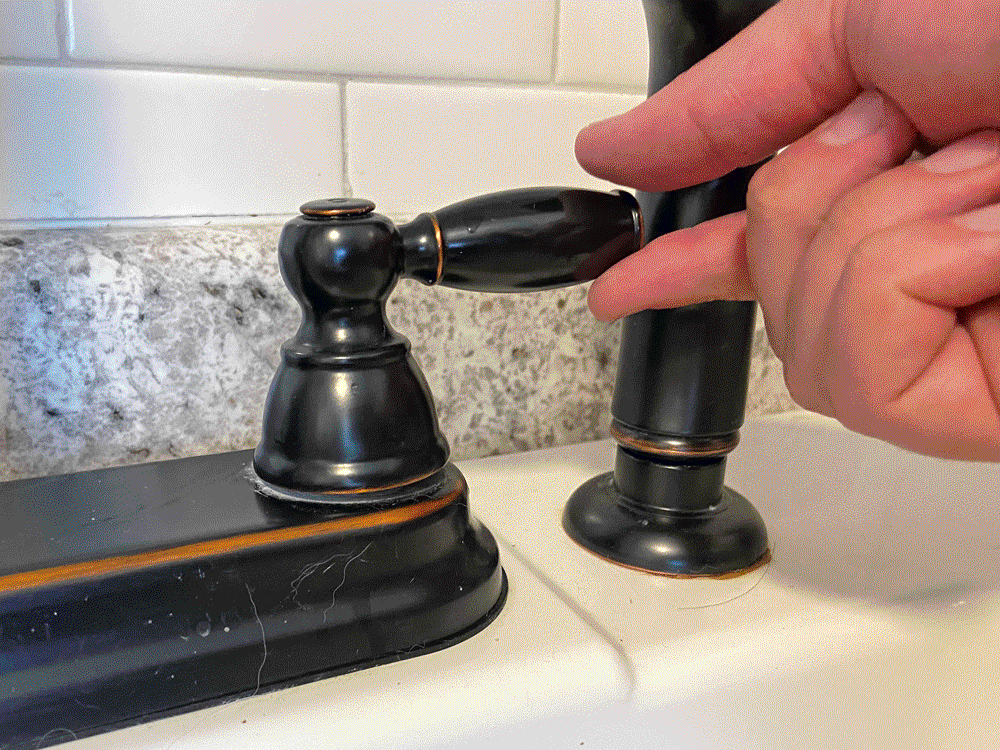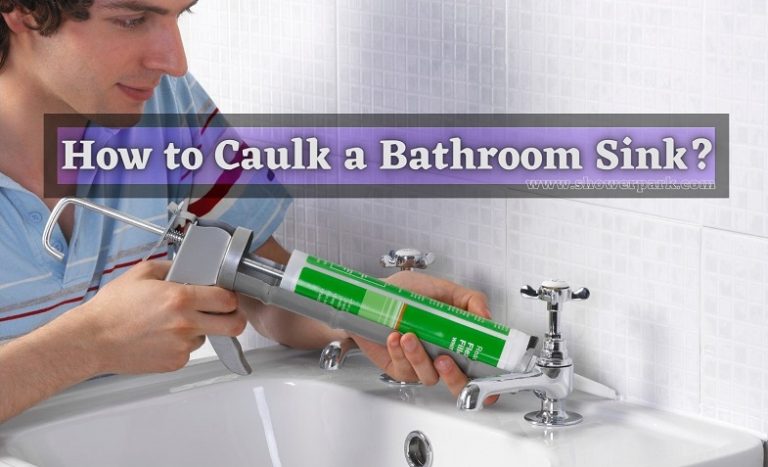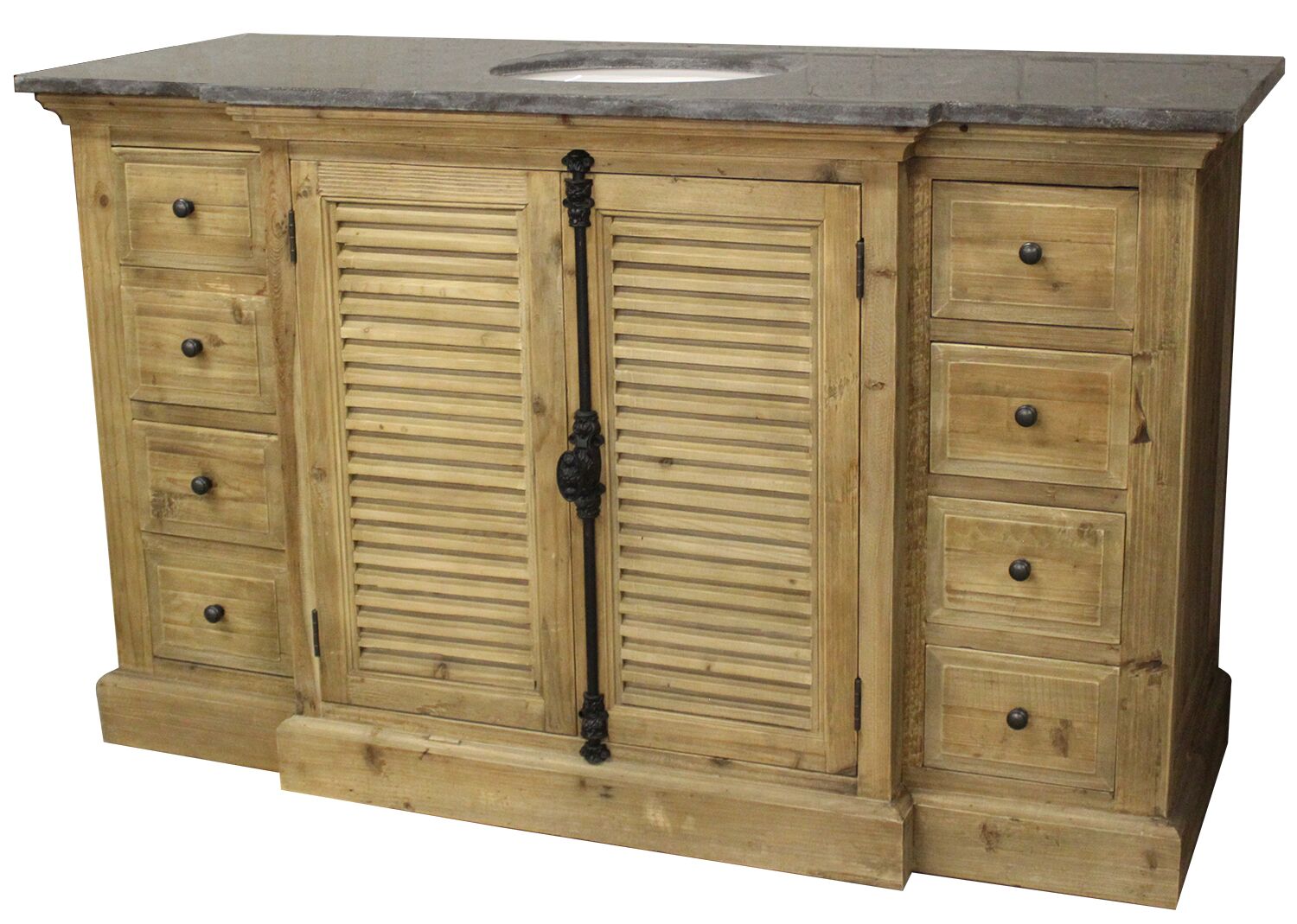Dealing with a faulty bathroom sink hose can be a nuisance. Not only can it cause leaks and potential water damage, but it can also disrupt your daily routine. Fortunately, with the right tools and knowledge, repairing a bathroom sink hose can be a simple DIY project. In this article, we will discuss the top 10 tips for fixing a leaky bathroom sink hose and how to prevent future issues. Bathroom Sink Hose Repair:
One of the most common problems with a bathroom sink hose is a leak. If left untreated, a leak can lead to water damage and even mold growth. The first step in fixing a leaky bathroom sink hose is to locate the source of the leak. It could be a loose connection or a worn-out washer. Tightening the connections or replacing the washer can often solve the issue. If the leak persists, it may be time to replace the entire hose. How to Fix a Leaky Bathroom Sink Hose:
Repairing a bathroom sink hose on your own can save you time and money. To fix a leak, you will need a few tools such as pliers, a wrench, and a new washer. Before starting, make sure to turn off the water supply to the sink and place a bucket under the pipes to catch any excess water. Follow these steps to fix a leaky bathroom sink hose: Step 1: Remove the old washer from the hose by unscrewing the connection with pliers. Step 2: Replace the old washer with a new one and screw the connection back together. Step 3: Use pliers to tighten any loose connections. Step 4: Turn the water supply back on and check for any leaks. DIY Bathroom Sink Hose Repair:
Apart from leaks, there are other common problems that can occur with a bathroom sink hose. These include clogged or kinked hoses, damaged connections, and worn-out gaskets. These issues can cause a decrease in water pressure or even a complete blockage. It is important to regularly check and maintain your bathroom sink hose to avoid these problems. Common Bathroom Sink Hose Problems:
If you are experiencing issues with your bathroom sink hose, troubleshooting the problem can help you determine the best course of action. Here are some common issues and their potential solutions: Low water pressure: Check for clogs or kinks in the hose and clean or straighten it if necessary. Leaking connections: Tighten any loose connections or replace damaged ones. No water flow: Make sure the water supply is turned on and check for any blockages in the hose. Troubleshooting Bathroom Sink Hose Issues:
Repairing a bathroom sink hose may seem daunting, but with the right steps, it can be a simple and straightforward process. Here is a step-by-step guide to help you fix a leaky bathroom sink hose: Step 1: Turn off the water supply to the sink. Step 2: Place a bucket under the pipes to catch any excess water. Step 3: Use pliers to loosen and remove the connections at both ends of the hose. Step 4: Inspect the hose for any damage or clogs. Step 5: If the hose is damaged, replace it with a new one. If it is clogged, clean it using a wire brush or a pipe cleaner. Step 6: Install the new hose by attaching the connections to the sink and the water supply. Step 7: Turn the water supply back on and check for any leaks. Step-by-Step Bathroom Sink Hose Repair Guide:
To successfully repair a bathroom sink hose, you will need a few tools and materials. These include pliers, a wrench, a new washer, and a replacement hose if needed. It is also helpful to have a bucket and a wire brush or pipe cleaner on hand. These items can be found at your local hardware store and are relatively inexpensive. Tools and Materials for Bathroom Sink Hose Repair:
Prevention is always better than having to deal with repairs. Here are some tips to help you prevent damage to your bathroom sink hose: Regularly check for leaks: Inspect your bathroom sink hose for any leaks and address them immediately. Keep the hose clean: Regularly clean the hose to prevent any clogs or blockages. Be gentle: Avoid using excessive force when turning the water on or off to prevent damage to the hose. Replace old hoses: If your bathroom sink hose is old and worn out, it is best to replace it before it causes any issues. Tips for Preventing Bathroom Sink Hose Damage:
If you are not comfortable with DIY repairs or have a more complex issue with your bathroom sink hose, it is best to seek professional help. A plumber or handyman can efficiently diagnose and fix any problems with your bathroom sink hose. They also have the necessary tools and experience to ensure a successful repair. Professional Bathroom Sink Hose Repair Services:
The cost of repairing a bathroom sink hose can vary depending on the extent of the damage and whether you hire a professional or do it yourself. In most cases, the cost will be minimal if you have the necessary tools and materials on hand. However, if you need to replace the entire hose or hire a professional, the cost can range from $50 to $200. In conclusion, a faulty bathroom sink hose can be a hassle, but with the right knowledge and tools, it can be easily repaired. Regular maintenance and taking preventative measures can also help you avoid any future issues. Remember to always turn off the water supply and exercise caution when handling any plumbing repairs. By following these tips, you can keep your bathroom sink hose in top condition and avoid any disruptions to your daily routine. Cost of Bathroom Sink Hose Repair:
The Importance of Maintaining Your Bathroom Sink Hose

Why Do You Need to Repair Your Bathroom Sink Hose?
The Main Causes of Bathroom Sink Hose Damage
 There are several reasons why
bathroom sink hoses
may become damaged. The most common cause is
age
. As with any household item, over time, wear and tear can lead to cracks and tears in the hose, causing
leaks
. Another common cause is
improper installation
. If the hose is not properly connected or secured, it can become loose and cause
leaks
or
water pressure issues
. Additionally, hard water and harsh cleaning chemicals can also contribute to
hose deterioration
over time.
There are several reasons why
bathroom sink hoses
may become damaged. The most common cause is
age
. As with any household item, over time, wear and tear can lead to cracks and tears in the hose, causing
leaks
. Another common cause is
improper installation
. If the hose is not properly connected or secured, it can become loose and cause
leaks
or
water pressure issues
. Additionally, hard water and harsh cleaning chemicals can also contribute to
hose deterioration
over time.
Why You Should Repair Your Bathroom Sink Hose
The Process of Repairing Your Bathroom Sink Hose
 The first step in repairing your
bathroom sink hose
is to
determine the source of the problem
. This can be done by turning off the water supply and examining the hose for any visible damage. If the damage is minor, such as a small crack or loose connection, it may be possible to
patch
or
reconnect
the hose. However, if the damage is more severe, it may be necessary to
replace
the entire hose. This can be done by purchasing a new hose of the same size and type and following the manufacturer's instructions for installation.
The first step in repairing your
bathroom sink hose
is to
determine the source of the problem
. This can be done by turning off the water supply and examining the hose for any visible damage. If the damage is minor, such as a small crack or loose connection, it may be possible to
patch
or
reconnect
the hose. However, if the damage is more severe, it may be necessary to
replace
the entire hose. This can be done by purchasing a new hose of the same size and type and following the manufacturer's instructions for installation.
Conclusion
 In conclusion, maintaining and repairing your
bathroom sink hose
is crucial for the overall functionality and appearance of your bathroom. Regularly checking for damage and addressing any issues promptly can save you money and prevent potential health hazards. Whether it's a simple patch or a complete replacement, taking care of your
bathroom sink hose
will ensure a smooth and efficient water flow in your bathroom for years to come.
In conclusion, maintaining and repairing your
bathroom sink hose
is crucial for the overall functionality and appearance of your bathroom. Regularly checking for damage and addressing any issues promptly can save you money and prevent potential health hazards. Whether it's a simple patch or a complete replacement, taking care of your
bathroom sink hose
will ensure a smooth and efficient water flow in your bathroom for years to come.













































